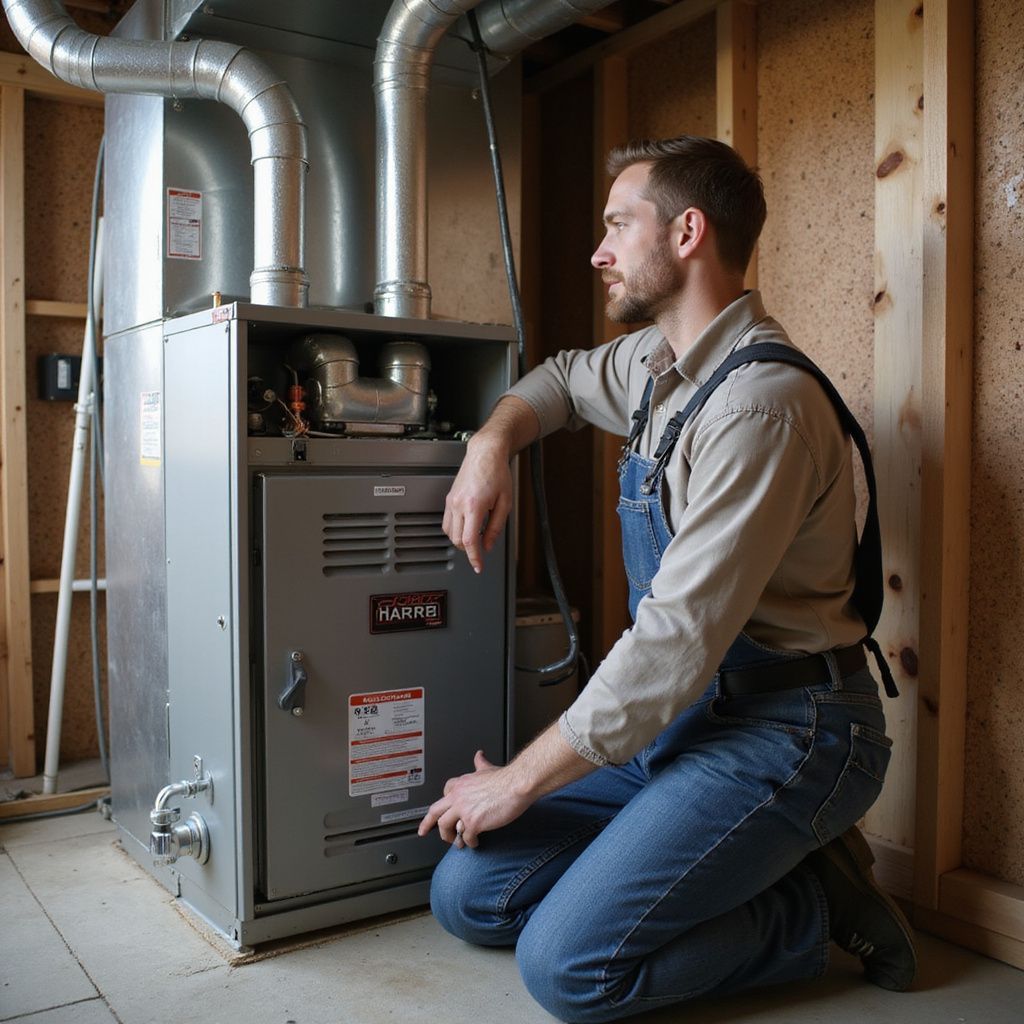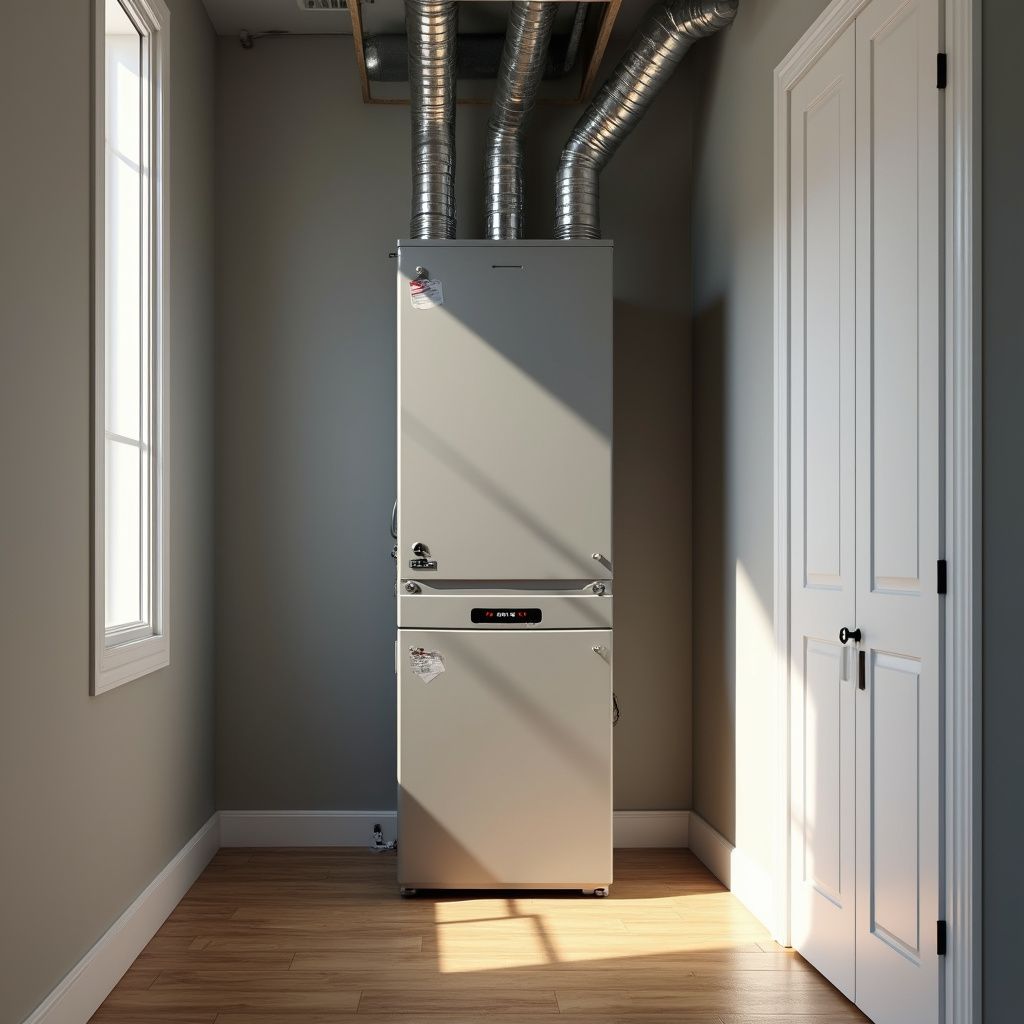10 Signs Your Furnace Needs Maintenance (And What To Do About Them)
When the chilly months approach, the last thing you want is a furnace that quits unexpectedly. Recognizing the warning signs early can save you from costly repairs and sudden discomfort. In this guide, we'll outline the most common indicators your furnace needs attention and what you can do to keep your home warm and cozy.
1. Unusual Noises
If you start noticing clunks, bangs, or rattles from your furnace, it’s a cry for help. These sounds often indicate loose or broken internal parts or debris obstructing moving parts. Don’t ignore them—call in a professional to diagnose the issue right away.
Noises may also point to airflow issues. Have you ever experienced a sudden loud sound when your furnace kicks in? That could be expansion or contraction in the ductwork or a worn-out belt needing replacement.
Use your senses and ask: Does the noise occur when the heat turns on, or is it constant? The answer will help your technician pinpoint the cause.

Don’t attempt major repairs yourself—safety comes first!
2. Strange Odors
If you smell burning, dust, or musty air coming from your vents, act quickly. While a mild dusty odor is normal at season start, persistent smells may signal something more serious, such as mold growth, a clogged filter, or electrical issues. Regularly swap out or clean your furnace filter to prevent odor issues and protect your indoor air quality.
Have you checked your furnace filter lately?
3. Poor Airflow
Poor airflow can be caused by blocked ducts, dirty filters, or failing blower motors. This can lead to uneven heating, cold spots, and excessive strain on your system, reducing efficiency and lifespan. Clearing airflow blockages and maintaining your system prevents future problems.

Regular professional maintenance ensures clean vents and an unobstructed system.
4. Yellow Pilot Light
The color of your furnace’s pilot light is vital. A healthy flame should burn blue. If it’s yellow, it may indicate a carbon monoxide issue—a major safety hazard. If you notice a yellow flame, shut off the furnace and contact an expert immediately.
5. Difficulty Starting
Frequent cycling or trouble igniting is a clue your furnace needs help. It could be worn-out components, faulty wiring, or an aging thermostat. Address these early to prevent a complete breakdown in cold weather.
6. Uneven or Inadequate Heating
Are some rooms in your home colder than others? This could signal blocked vents, duct issues, or a failing furnace. Don’t keep cranking the thermostat—find the root cause to save energy and money.
7. Increased Energy Bills
If your heating costs spike without explanation, your furnace may be losing efficiency. Seasonal tune-ups and filter changes often resolve this. Ask yourself: How do your bills compare to last year?
8. Frequent Cycling
If the furnace turns on and off too often, it’s working too hard. Causes range from a dirty filter to a faulty thermostat or oversized furnace.
9. Water Leaks or Excess Moisture
Any leaks, rust, or moisture around your furnace should be checked right away—these signal condensate line problems or more serious issues.
10. Old Age
Furnaces over 15–20 years old are prone to breakdowns and inefficiency. Consider planning for a replacement if your unit is nearing retirement age.
Conclusion
Regular maintenance prevents breakdowns, boosts comfort, and saves on energy bills. Be proactive, monitor your furnace’s health, and consult a professional at the first sign of trouble. Staying ahead of these warning signs means warmth, safety, and peace of mind all winter long.





